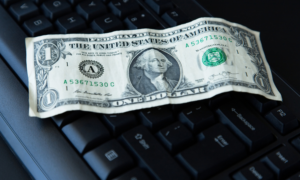More New ETFs on the Horizon
The ETF market just keeps on growing. A couple of new products from Horizons focus on US-dollar investments, and while neither is a core holding for index investors, they may have some niche appeal. The Horizons U.S. Dollar Currency ETF (DLR) is bought and sold on the TSX in Canadian dollars, and it gives investors [...]










